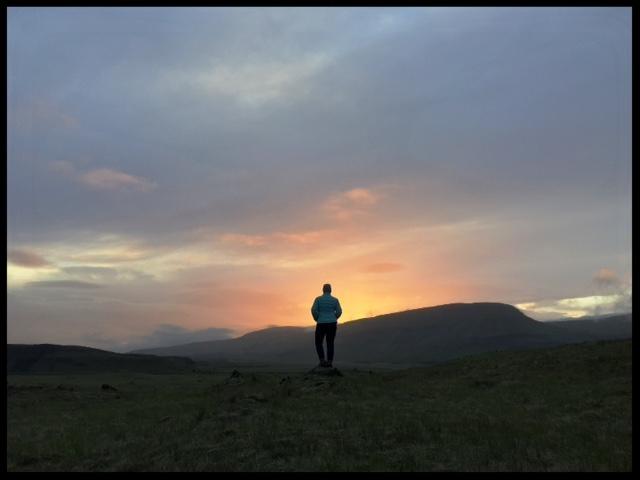|
|
|
|
May 29, 2017 -
The 17th Karmapa, one of Tibet's leading Buddhist figures arrived in Toronto today on his first visit to Canada. Known for his concerns about current global issues as well as for his spiritual leadership, the 31-year-old Karmapa will engage in a wide range of religious activities and will speak on environmental and social responsibility at various universities.

During his month long trip to Canada, the Karmapa will travel to Toronto, Montreal, Ottawa, Edmonton, Calgary and Vancouver. In doing so, he is following in the footsteps of his predecessor the 16th Karmapa, who travelled extensively throughout the country and was instrumental in introducing Canadians to Buddhism in the 1970s.
Head of the Karma Kagyu school of Tibetan Buddhism, the Karmapa, Ogyen Trinley Dorje, is the 17th holder of a 900-year old lineage. Born in a nomadic family in eastern Tibet, he made headline news in 2000 with his dramatic escape to India, where he now lives near the Dalai Lama. The 17th Karmapa has emerged as one of the most influential Buddhist figures of his generation, and plays a key role in the preservation of Tibetan culture and religion. As he travels across Canada, the Karmapa will be meeting with Tibetan communities and visiting many Buddhist centres connected to the Karma Kagyu lineage.
For information regarding events across Canada please visit:
|

Sallekha (Effacement) Sutta
"It is possible here, Cunda, that quite secluded from sensual pleasures, secluded from unwholesome states, some disciple enters upon and abides in the first jhana, which is accompanied by applied and sustained thought, with rapture and pleasure born of seclusion. He might think thus: "I am abiding in effacement." But it is not these attainments that are called 'effacement' in the Noble One's Discipline: these are called 'pleasant abidings here and now' in the Noble One's Discipline."
*
... "It is possible here that by completely surmounting the base of nothingness, some disciple enters upon and abides in the base of neither-perception-nor-non-perception. She might think thus: 'I am abiding in effacement.' But these attainments are not called 'effacement' in the Noble One's Discipline: these are called 'peaceful abidings' in the Noble One's Discipline."
The Buddha. Sallekha [effacement] Sutta: MN:8
*
To my reckoning, the Effacement Sutta is one of the most important in the entire Pali Canon. In it the Buddha speaks of the first four meditative absorptions as 'pleasant abidings in the here and now' and the last four as 'peaceful abidings'. He clearly makes the distinction between these meditative absorptions and the ultimate goal of his Discipline, which is the total eradication of suffering through the effacement of greed, hatred and delusion. So often, sitting in meditation is taught as the way to achieve enlightenment. There is no doubt that it is an important part of the process, but many times we are led to believe that it is the path in and of itself. The Pali word Bhavana, meaning mind cultivation, is usually translated into English as meditation. In the Effacement Sutta, the Buddha explains that meditative absorption, even the most extreme attainment, is not to be confused with enlightenment. Enlightenment is the eradication of all adverse mind-states --- mind states that create and reinforce the concept of duality; of self. In this sutta, not only does the Buddha point out the need for effacement, he goes on to explain how to do it. He teaches how to approach mind cultivation --- Bhavana --- in a do-able way. Ultimately, sitting in meditation can help insight to rise in the mind, but usually, before it can have a lasting effect, it needs to be presented to a mind relatively free of the inclination to duality. It is said that the Buddha spent many hours a day sitting in 'peaceful abiding', and we can too, but it is the effacement of greed hatred and delusion that will take us all the way to Awakening. The Sallekha Sutta is a valuable aid for practice and can be found online,
it's worth a read.
Sārani
|
To view more information, articles and pictures, please visit our
***NEW, UPDATED, AMAZING ***
( many, many thank's to Carmen)
web site...
|
|
About Us
If you are interested in more information regarding Sakyadhita Canada, or would be interested in contributing to our newsletter please go to : i
nfo@sakyadhitacanada.org
or you can also access our website at
Thank-you
|
|
|
|
|
|